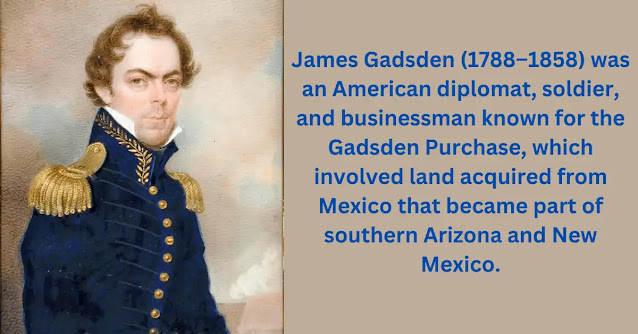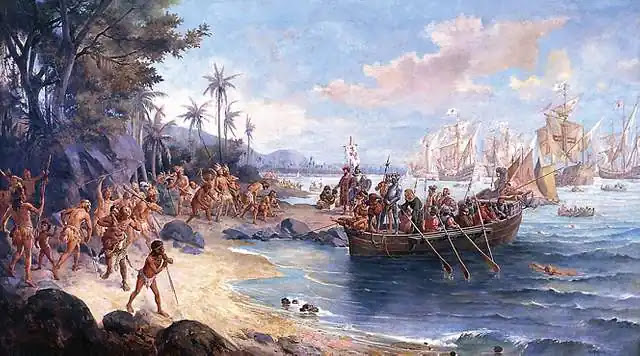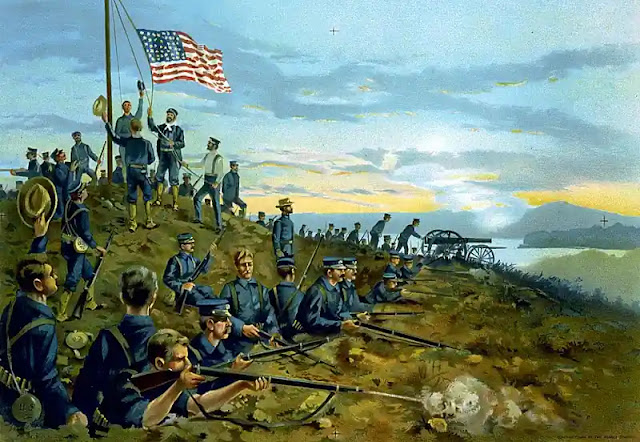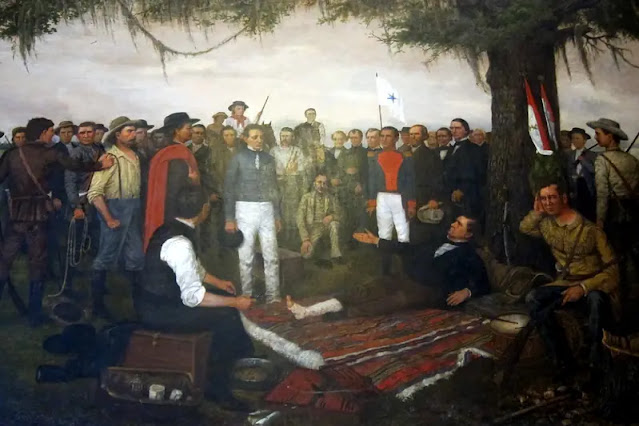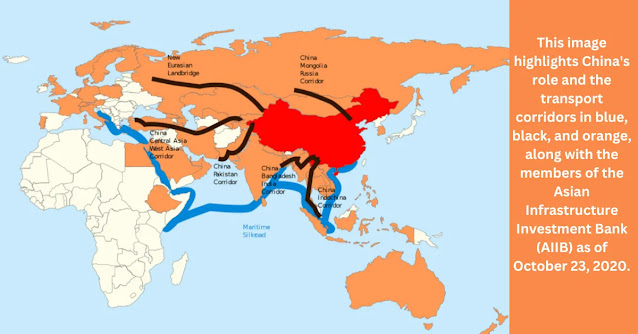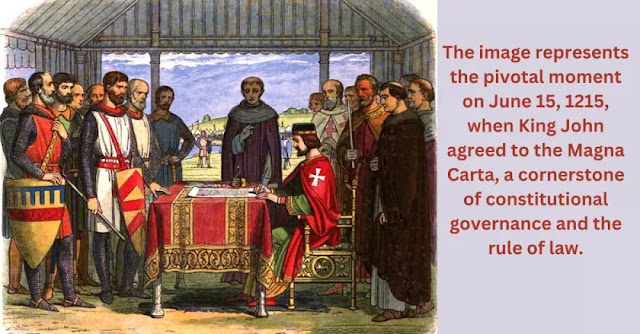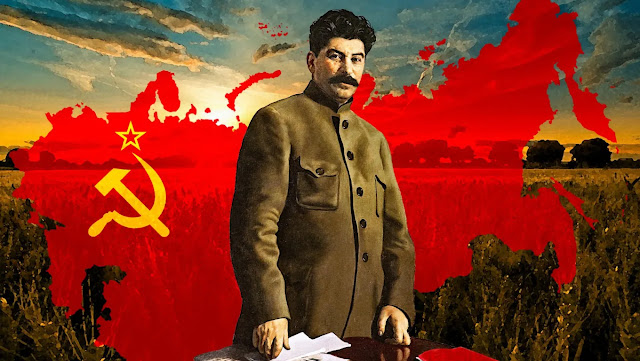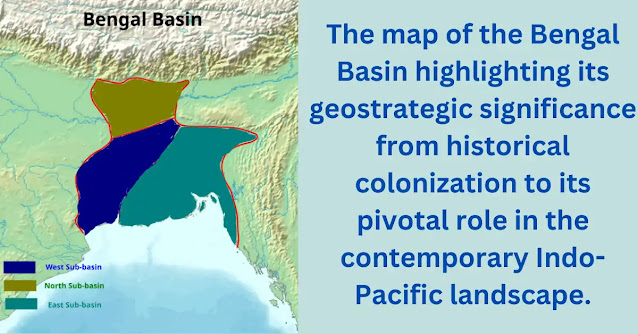Cuba’s Political Mosaic: Off-White Shades in the Blue Sky of New World
Spanish rule in Cuba began with the arrival of Christopher Columbus on the island in 1492 during his first voyage to the Americas. By 1521, Cuba became a part of the Spanish Empire and was governed from the Viceroyalty of New Spain, with its headquarters in Mexico City. This colonial era, lasting until the Spanish-American War in 1898, laid the foundation for Cuba’s Political Landscape, influencing its governance and identity for centuries.
During the early years of Spanish colonization of the Americas, the indigenous population of Cuba, known as the Taíno people, suffered greatly due to diseases brought by the Europeans and the harsh conditions of forced labor. Many of the Taíno population perished, and those who survived were subjected to enslavement and exploitation. In the 16th century, Spain began to establish settlements and exploit the resources of the island. Havana was founded in 1514 and became an important port for Spanish ships traveling between the New World and Spain.
 |
| Spanish American War |
💻 Table of Contents
- The Ten Years’ War: A Pivotal Struggle for Cuban Independence
- The Treaty of Paris 1898: Redefining Cuba’s Political Status and Territories
- Spanish Migration to Cuba: Influencing the Socioeconomic Landscape
- Cuba’s Historical Progression: Colonial Legacy to Present
The title indicates that Cuba’s political status is intricate and multifaceted, diverging from or potentially conflicting with the democratic principles upheld by the United States, a global leader. It implies that Cuba’s political structure follows distinct principles and approaches that differ from the democratic values promoted by the United States. In this context, Democratic values encompass principles like equality, freedom, and citizen participation in decision-making. They include individual rights, rule of law, fair elections, human rights respect, and civil liberties protection. These values underpin democratic governance, promoting empowerment and representation for all citizens.
Furthermore, it points that Cuba’s political system does not align with the ideology outlined in the Monroe Doctrine. The contrasting political governance in the global arena has bestowed upon Cuba a distinct identity, represented by off-white shades in the blue sky of the Americas.
The Ten Years’ War: A Pivotal Struggle for Cuban Independence
Enslaved Africans were brought to Cuba to work on the sugar plantations, leading to the growth of a large African slave population. The harsh conditions of slavery and the exploitation of both indigenous and African populations shaped the demographic and social structure of Cuba.
Spain implemented a system of colonial governance in Cuba, with Spanish officials and administrators overseeing the island’s affairs. The Spanish Crown exerted control through the appointment of governors and the establishment of the Casa de Contratación (House of Trade), which regulated commerce between Spain and its colonies.
 |
| Cuban War of Independence |
During the 19th century, Cuba experienced a series of uprisings and movements for independence from Spanish rule. These movements were fueled by a desire for self-governance, economic grievances, and the influence of Enlightenment ideals, as well as the examples set by other successful independence struggles in the Americas.
The most significant of these uprisings was the Ten Years’ War (1868-1878), which marked the beginning of a prolonged struggle for Cuban independence. In response to higher taxes and a global economic crisis, a coalition of planters, cattlemen, and patriots initiated their quest for independence on October 10, 1868, marking the beginning of the Ten Years’ War. Although the war did not result in immediate independence, it set the stage for further resistance against Spanish rule.
The Treaty of Paris 1898: Redefining Cuba’s Political Status and Territories
The Cuban independence movement gained momentum in the late 19th century, leading to the Spanish-American War in 1898. The United States became involved in the war because they supported the independence movements of Cuba and the Philippines. The explosion of the U.S.S. Maine in Havana Harbor made things worse and led to the Spanish-American War. The United States blamed Spain for the explosion.
The conflict between Spain and the United States resulted in a decisive victory for the United States, and Spain surrendered control of Cuba, Puerto Rico, Guam, and the Philippines to the United States through the Treaty of Paris. On December 10, 1898, representatives from Spain and the United States signed the peace treaty that declared Cuba’s independence, gave Puerto Rico and Guam to the United States, and allowed the United States to buy the Philippines Islands from Spain for $20 million.
 |
| Album of the Cuban Revolution |
Overall, Spanish rule in Cuba lasted for over four centuries, shaping the island’s history, culture, and society. The legacy of Spanish colonization, including the exploitation of indigenous and African populations, the establishment of a plantation economy, and the imposition of Spanish language and culture, continues to influence Cuba to this day.
While Cuba gained independence from Spanish colonial rule, it did not immediately become an independent country. Instead, it came under the control of the United States as a temporary military occupation. In 1902, the United States granted Cuba nominal independence, although it retained certain rights and influence over Cuban affairs.
It was not until 1902 that Cuba became fully independent and established its own government. However, the United States maintained a significant level of influence in Cuban affairs for much of the 20th century, particularly through economic and political interventions.
Spanish Migration to Cuba: Influencing the Socioeconomic Landscape
The Spanish diaspora in Cuban history refers to the mass migration of Spaniards to Cuba during different periods of the island’s history. These migrations significantly shaped the demographic, cultural, and socioeconomic landscape of Cuba.
Historical records confirm that the primary group of European migrants to Cuba were the Spaniards. The majority of the native white population in Cuba can trace their ancestry back to Spain, and many non-white Cubans also have Spanish roots in their family histories.
The first wave of Spanish migration to Cuba occurred during the early colonial period when the Spanish established their presence on the island. Spanish colonizers and explorers arrived in Cuba, bringing with them settlers, soldiers, and administrators. They formed the ruling class and established large sugar plantations, known as “haciendas,” which became the backbone of the Cuban economy. This initial Spanish migration laid the foundation for Spanish cultural dominance in Cuba.
 |
| Mexic Territorial loss from the 19th century |
Another significant wave of Spanish migration to Cuba occurred in the 19th century. During this time, Cuba experienced a boom in its sugar industry, which fueled economic growth and attracted large numbers of immigrants, including Spaniards. Many Spaniards, particularly from the regions of Galicia, Catalonia, and the Canary Islands, migrated to Cuba in search of economic opportunities. They contributed to the development of the sugar industry, commerce, and other sectors of the Cuban economy.
The Spanish immigrants brought their language, customs, and traditions with them, further enriching the cultural diversity of Cuba. They played a significant role in shaping Cuban society and identity, alongside the indigenous population, African slaves, and other immigrant groups. It is important to note that while the Spanish diaspora had a profound impact on Cuba, the country’s population also consists of diverse ethnic and cultural groups, including Afro-Cubans, Chinese-Cubans, Lebanese-Cubans, and others. The Spanish diaspora, however, remains a significant part of Cuba’s historical and cultural heritage.
💻 You May Also Like:
Cuba’s Historical Progression: Colonial Legacy to Present
After Spanish rule, Cuba went through a series of significant political, social, and economic changes. Here are some of the key developments that occurred:
Independence:
Cuba gained nominal independence from the United States on May 20, 1902. However, the United States maintained significant influence and control over Cuban affairs, particularly through economic and political interventions.
Neocolonialism:
In the early 20th century, Cuba experienced a period of neocolonialism, where foreign interests, particularly those of the United States, dominated the Cuban economy. American companies had significant investments in Cuban industries, including sugar, tobacco, and mining.
Cuban Revolution:
In the late 1950s, Cuba experienced a revolution led by Fidel Castro and his rebel forces. The Cuban Revolution, which lasted from 1953 to 1959, successfully overthrew the U.S.-backed dictator Fulgencio Batista. Castro established a socialist government and implemented a series of economic and social reforms.
Socialism and Soviet Influence:
Following the revolution, Cuba adopted a socialist system and aligned itself with the Soviet Union. The government nationalized industries, collectivized agriculture, and implemented various social programs, including education and healthcare. Cuba became a close ally of the Soviet Union during the Cold War, receiving economic and military support.
 |
| Flag of Spain is trailing in the water |
U.S. Embargo:
In response to Cuba’s socialist revolution and alignment with the Soviet Union, the United States imposed a comprehensive economic embargo on Cuba in 1960. The embargo, which remains in place to this day with some modifications, restricts trade, travel, and diplomatic relations between the two countries.
Post-Soviet Period:
Following the collapse of the Soviet Union in 1991, Cuba faced severe economic challenges due to the loss of Soviet aid and subsidies. This period, known as the “Special Period,” led to economic hardships, shortages, and a decline in living standards.
Recent Developments:
In recent years, Cuba has undergone some economic reforms aimed at opening up the economy to limited private enterprise and foreign investment. However, the country continues to face economic challenges, political restrictions, and ongoing tensions with the United States.
It’s important to note that Cuba’s post-Spanish rule history is complex and subject to different interpretations. The country’s political and socioeconomic landscape has been shaped by a combination of internal factors, international dynamics, and the legacy of Spanish colonialism and U.S. intervention.
Conclusion:
In summary, Cuba’s post-independence history has been characterized by profound transformations in its political, social, and economic spheres. From the early years of colonization and the struggles for independence to the neo-colonial period and the Cuban Revolution, the island has experienced a complex progression.
The influence of the United States, the implementation of socialism, and the enduring impact of the Spanish diaspora have all contributed to shaping Cuba’s unique political landscape. Despite ongoing challenges, Cuba continues to evolve, navigating its path amidst a complex web of historical legacies and contemporary realities.
Frequently Asked Questions
By 1521, Cuba became a part of the Spanish Empire and was governed from the Viceroyalty of New Spain, with its headquarters in Mexico City. Spain colonized Cuba for several centuries until the Spanish-American War in 1898.
On December 10, 1898, representatives from Spain and the United States signed the peace treaty that declared Cuba's independence, gave Puerto Rico and Guam to the United States, and allowed the United States to buy the Philippine Islands from Spain for $20 million.
In response to higher taxes and a global economic crisis, a coalition of planters, cattlemen, and patriots initiated their quest for independence on October 10, 1868, marking the beginning of the Ten Years' War. Although the war did not result in immediate independence, it set the stage for further resistance against Spanish rule.
The United States became involved in the war because they supported the independence movements of Cuba and the Philippines. The explosion of the U.S.S. Maine in Havana Harbor made things worse and led to the Spanish-American War. The United States blamed Spain for the explosion. Was Cuba colonized by Spain?
What did the Treaty of Paris do in 1898?
What caused the Ten Years' War?
What caused the Spanish-American War?

